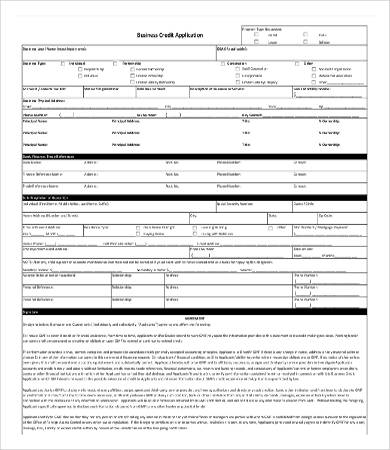Business Functions — EVRY
 Monitor and control digital pc and peripheral electronic information processing equipment to course of enterprise, scientific, engineering, and different info in step with operating instructions. Along with remaining reliable to its central enterprise of laptop making—the notebook PowerBook sequence, launched in 1991, garnered a 21 p.c market share in lower than six months—Apple intends to experience a digital wave into the next century. We don’t simply know a lot about the very best apps for small enterprise homeowners.
Monitor and control digital pc and peripheral electronic information processing equipment to course of enterprise, scientific, engineering, and different info in step with operating instructions. Along with remaining reliable to its central enterprise of laptop making—the notebook PowerBook sequence, launched in 1991, garnered a 21 p.c market share in lower than six months—Apple intends to experience a digital wave into the next century. We don’t simply know a lot about the very best apps for small enterprise homeowners.
For all businesses, no matter their size, Axians can present versatile and scalable purposes, accessible on a pay-as-you-grow foundation that protects investments and avoids massive upfront investments. We provide certified and licensed skilled manpower to handle essentially the most complicated business functions with experience in numerous domains: Oil & Gas, Petrochemical, Telco, Utility, BFSI, Retail, and Authorities.
Being a software program program tester, I take into account pc packages as a medium permitting of us to speak and collaborate with one another by distance and time. The time interval digital promoting’ refers to using digital channels, devices, and platforms (regardless of whether or not they’re on-line or not) to construct or promote your advertising message.
Because the chart above reveals, new functions for mortgages (not together with refinancing purposes) last week and the week earlier than were up over 35% relative to their common in the second half of last yr. Multimedia refers back to the sequential or simultaneous use of a wide range of media codecs in a given presentation or self-look at program.
Enterprise Software Specialist graduates need to be accountable, activity-oriented, and versatile. Some corporations harnessing B-2-B purposes would include companies providing e-Commerce solutions, firms trying to sell services on company web site and so forth.…

 Managers rely on internal or external business progress strategies to extend gross sales volume, enhance production capacity or enter new markets. On this business guide, multi-bestselling creator and marketer Seth Godin teaches readers that the Purple Cow is the fourth P of Marketing-after Worth, Product and Publicity. This might include contents on corporate or enterprise administration, finances, human resources, negotiations or trading shares on the inventory market.
Managers rely on internal or external business progress strategies to extend gross sales volume, enhance production capacity or enter new markets. On this business guide, multi-bestselling creator and marketer Seth Godin teaches readers that the Purple Cow is the fourth P of Marketing-after Worth, Product and Publicity. This might include contents on corporate or enterprise administration, finances, human resources, negotiations or trading shares on the inventory market. Salesforce has its fingers in numerous components of the patron experience, so why not content material management? Remember to complement what you are promoting English news reading with other learning websites and resources like FluentU. Please affirm with the Enterprise Office employees to guantee that the Persevering with Schooling programs are equal to what’s taught throughout the full-time program.
Salesforce has its fingers in numerous components of the patron experience, so why not content material management? Remember to complement what you are promoting English news reading with other learning websites and resources like FluentU. Please affirm with the Enterprise Office employees to guantee that the Persevering with Schooling programs are equal to what’s taught throughout the full-time program. ITS Enterprise Purposes supports, develops and integrates enterprise-vast administrative, educational and monetary programs which are used by UCSF educational and administrative departments and central places of work. This app is accessible for download from Office 365 Business Premium members and is included within the Microsoft 365 Business bundle. Tl;dr – Ellice is the Content Advertising Manager at DreamHost and oversees all social media and content material efforts.
ITS Enterprise Purposes supports, develops and integrates enterprise-vast administrative, educational and monetary programs which are used by UCSF educational and administrative departments and central places of work. This app is accessible for download from Office 365 Business Premium members and is included within the Microsoft 365 Business bundle. Tl;dr – Ellice is the Content Advertising Manager at DreamHost and oversees all social media and content material efforts.